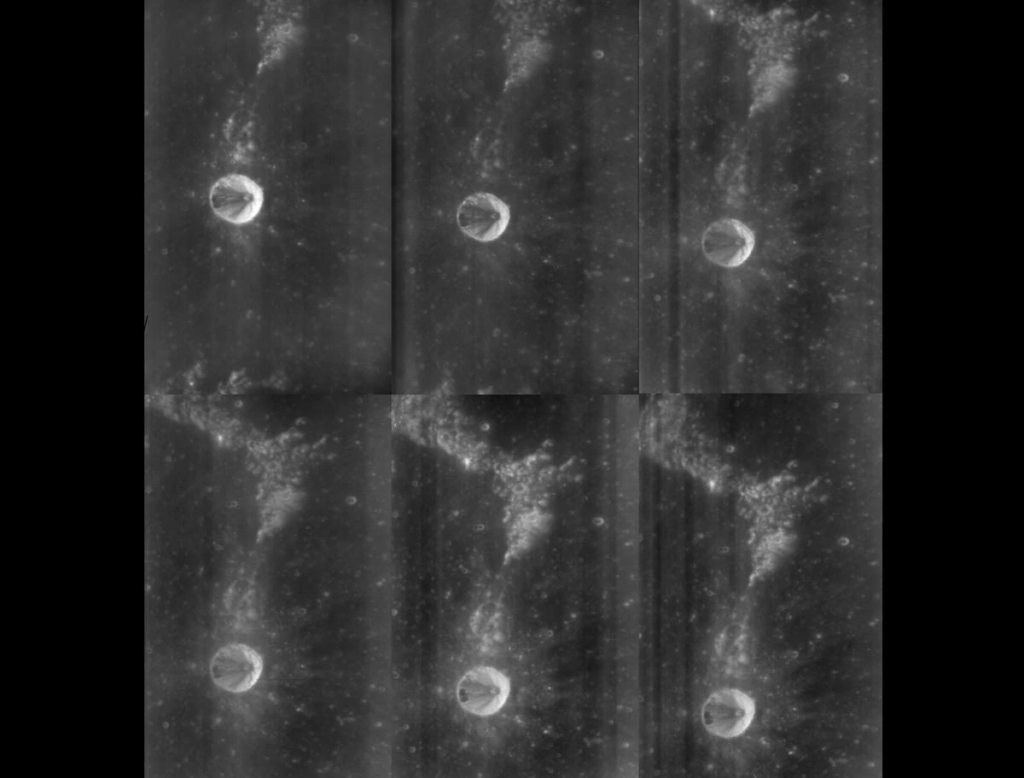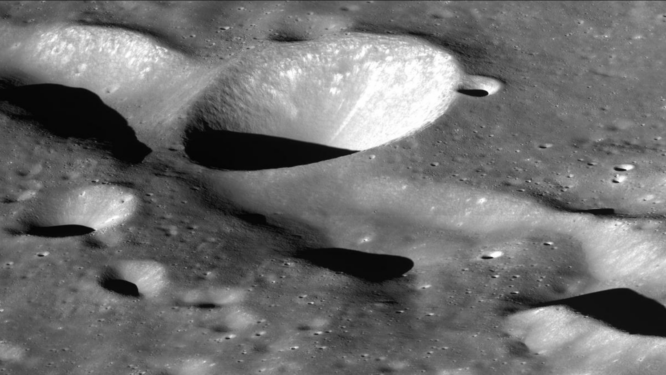Danuri, a South Korean spacecraft, has been in lunar orbit for months, and it has now sent back stunningly detailed photographs of the Moon’s craters.
Four photographs of the lunar surface have been transmitted by the Korea Pathfinder Lunar Orbiter (KPLO) mission, which is controlled by the Korea Aerospace Research Institute (KARI). The photos show the Moon’s surface characteristics, including craters, as well as the regolith (lunar dirt and dust) that covers them.
The probe transmitted photos of four lunar craters to Earth in April; they were the Tsiolkovsky crater, Schrdinger Valley, Wichmann Crater, and Szilard M Crater.

Located at 128.5 degrees east longitude and 20.5 degrees south latitude, the Tsiolkovsky crater may be found on the Moon’s far side. Apollo-13 mission astronauts took the first pictures of the crater before they were forced to abort their lunar landing due to an explosion in oxygen tank number two in the Service Module (SM).
Danuri’s high-resolution camera took the photos, which were released after processing.
In January, the spacecraft had sent back stunning pictures of Earth rising behind the crescent Moon. The photographs were captured as part of the spacecraft’s authentication shots of the lunar sky using the high-resolution camera (LUTI), which showed large craters on the lunar surface.

KARI’s mission is to make observations of the Moon from a low orbit, only 100 kilometers above the lunar surface. South Korea has just established a space rocket launch capability, and this mission will be their maiden test of that technology.
The spacecraft, which cost roughly $180 million to build, is equipped with six research instruments, one of which is a camera for NASA. It can see into the perennially dark, icy craters in the moon’s poles.

